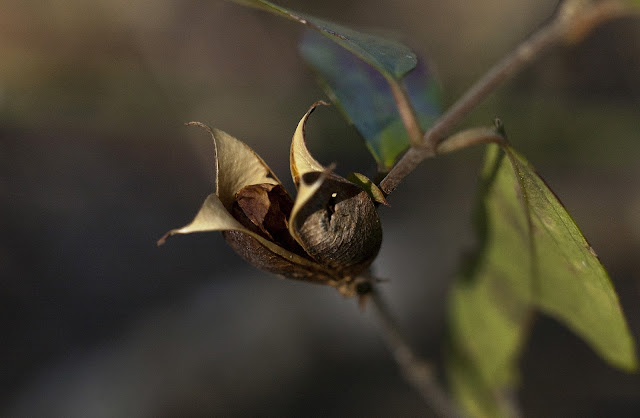 |
| Southern Twayblade (Listera australis) |
So... here's a close up of the blooms of the wild orchid I posted a few days ago. Again, this wonderful find was at the Charles Allen Biological Station down by Copenhagen, La. It's about 90 acres of beautiful bluffs overlooking the Ouachita River, ridges, and bottomlands with a cattail pond. The land is populated by a great diversity of plant life (and animal life, I'm sure). I am working with the Biology Dept. documenting and preparing the site for greater educational use.
I just shared this photo with the online Google+ community of photographers a few minutes ago for a theme called "MacroMonday," and one of my friends commented right away that he really likes "the hairs going down the neck."
I do to. But I didn't even see them when I was making this shot. I think it was because I was kneeling in mud! These do grow in damp areas and I ended up with wet, dirty knees because they are tiny plants, close to the ground.
However, I truly wish I had been carrying a mat of some kind. I would have loved to have gone belly down with stacked extension tubes to get an even closer shot of just one blossom.
Oh, well. That's what's compelling about photography: You have to keep going back and trying again for that elusive perfect shot...







